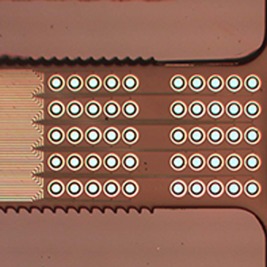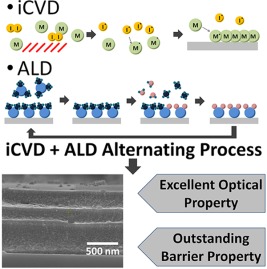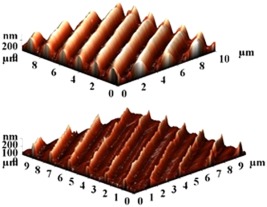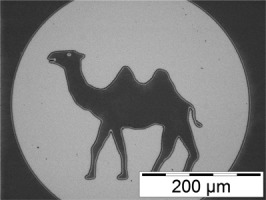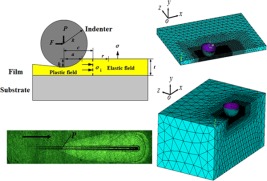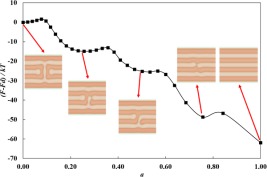Journal list menu
Export Citations
Download PDFs
Cover Image
Cover Image, Volume 131, Issue 24
- First Published: 24 September 2014

Polynorbornene exhibits significant potential as a structural material in microelectromechanical systems (MEMS) owing to its dielectric constant and compatibility with silicon-based microfabrication processes. A commercially available version of polynorbornene, Avatrel™ 2585P, is particularly attractive for bioMEMS applications because of its low moisture absorption characteristics, photodefinability, and potential biocompatibility. Allison E. Hess-Dunning, Russell L. Smith, and Christian A. Zorman investigate surface modification of Avatrel™ 2585P by oxygen plasma treatment for bonding to glass as a first step to developing a fabrication platform for polynorbornene-based microfluidics. The cover shows a released polynorbornene electrode array. DOI: 10.1002/app.40969
Back Cover, Volume 131, Issue 24
- First Published: 24 September 2014
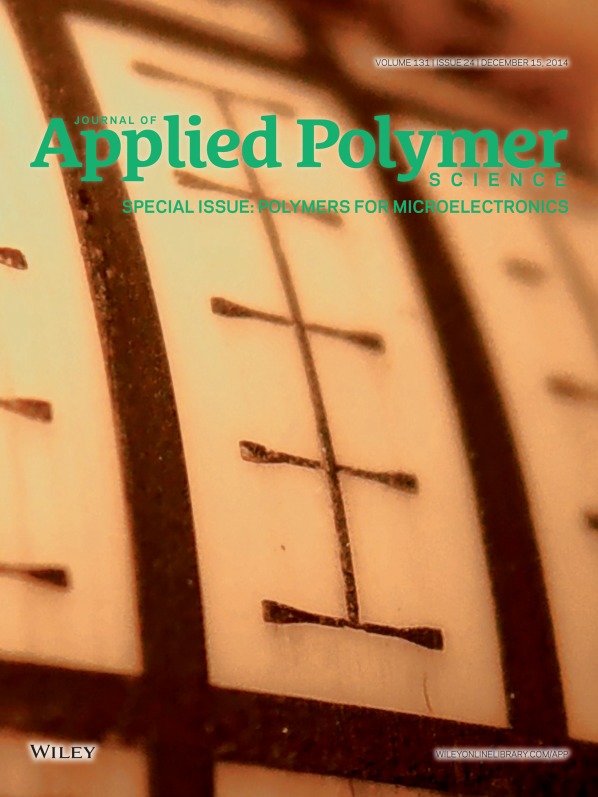
The need for biocompatible electronics is driving the search for electronically active materials that may be used for transferring integrated circuits onto flexible substrates. Alain Nogaret reviews the recent development of flexible materials that specifically make use of transport perpendicular to graphite planes to obtain negative differential resistance in their current-voltage curves. Perpendicular transport presents an attractive alternative to in-plane transport in graphene as the lack of energy band gap makes it difficult to turn off the in-plane conduction through the action on an electrostatic gate. The cover shows a graphite silicone hall bar fabricated on a pristine silicone substrate. DOI: 10.1002/app.40169
Editorial
Review
Negative differential conductance materials for flexible electronics
- First Published: 20 November 2013
Articles
Preparation and dielectric behavior of polyvinylidene fluoride composite filled with modified graphite nanoplatelet
- First Published: 12 December 2013
Design of a nanostructured electromagnetic polyaniline–keggin iron–clay composite modified electrochemical sensor for the nanomolar detection of ascorbic acid
- First Published: 27 May 2014
Synthesis and characterization of novel phosphorous-silicone-nitrogen flame retardant and evaluation of its flame retardancy for epoxy thermosets
- First Published: 24 January 2014
Electrical percolation behavior and electromagnetic shielding effectiveness of polyimide nanocomposites filled with carbon nanofibers
- First Published: 15 May 2014
Morphological influence of carbon modifiers on the electromagnetic shielding of their linear low density polyethylene composites
- First Published: 17 June 2014
Electrical and EMI shielding characterization of multiwalled carbon nanotube/polystyrene composites
- First Published: 02 December 2013
Anomalous water absorption by microelectronic encapsulants due to hygrothermal-induced degradation
- First Published: 18 July 2014
Design of cyanate ester/azomethine/ZrO2 nanocomposites high-k dielectric materials by single step sol–gel approach
- First Published: 26 June 2014
High dielectric constant polyimide derived from 5,5′-bis[(4-amino) phenoxy]-2,2′-bipyrimidine
- First Published: 28 April 2014
The influence of rigid and flexible monomers on the physical-chemical properties of polyimides
- First Published: 10 January 2014
Development of polynorbornene as a structural material for microfluidics and flexible BioMEMS
- First Published: 28 May 2014
A thin film encapsulation layer fabricated via initiated chemical vapor deposition and atomic layer deposition
- First Published: 27 May 2014
Surface relief gratings induced by pulsed laser irradiation in low glass-transition temperature azopolysiloxanes
- First Published: 07 June 2014
Polymer-based route to ferroelectric lead strontium titanate thin films
- First Published: 13 May 2014
The influence of dispersants that contain polyethylene oxide groups on the electrical resistivity of silver paste
- First Published: 12 July 2014
Quantitative investigation of the adhesion strength between an SU-8 photoresist and a metal substrate by scratch tests
- First Published: 03 July 2014
Erratum
The following articles belong to the special issue on Polymers for Microelectronics and appear in J. Appl. Polym. Sci. (2014) volume 131, issue 18.
- First Published: 17 November 2014
Martin Helgesen, J. E. Carlé, J. Helt-Hansen, A. Miller, F. C. Krebs
C. Cummins, P. Mokarian-Tabari, J. D. Holmes, M. A. Morris





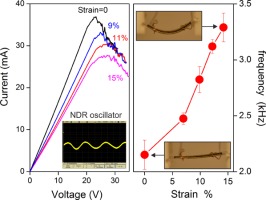
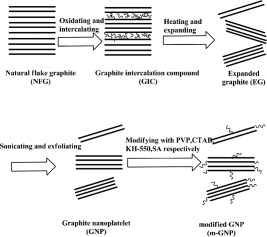
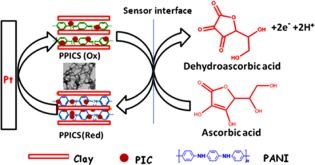
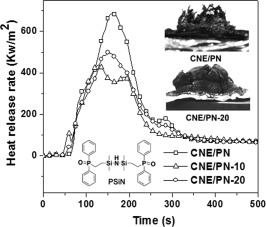
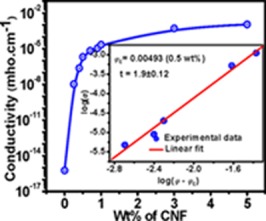
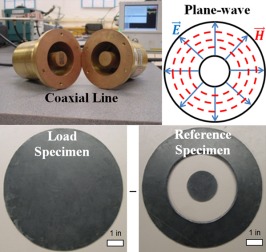
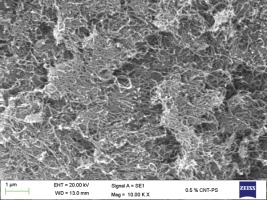
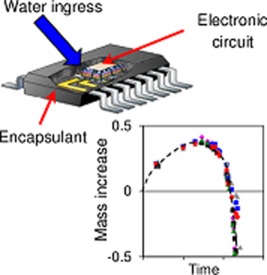
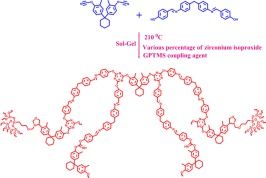
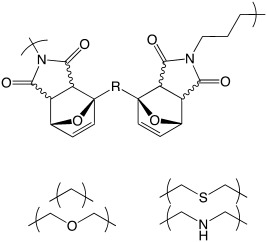
![High dielectric constant polyimide derived from 5,5′-bis[(4-amino) phenoxy]-2,2′-bipyrimidine](/cms/asset/8d17c4bd-d417-4f54-b61e-a13f131deed5/app40828-toc-0001-m.jpg)

